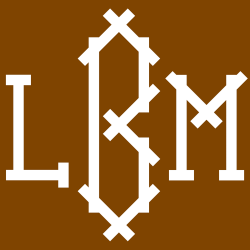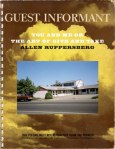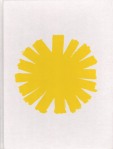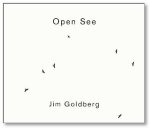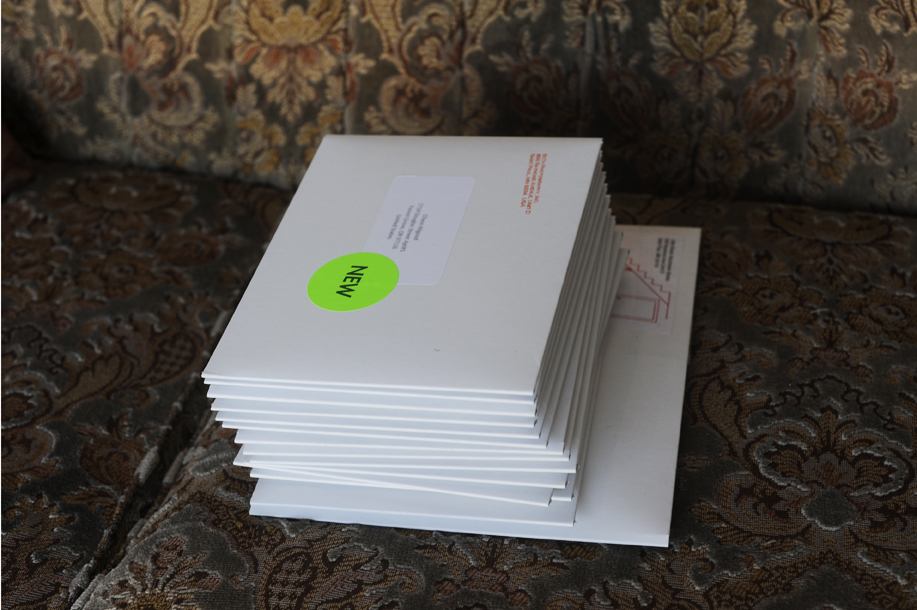Like so many others, I was heartbroken to learn of the death of Larry Sultan. (Read obits here, here, here, here). I met Larry in 2004. He and I were showing concurrently at the Stephen Wirtz Gallery. I was totally green and nervous as hell to be meeting one of my photographic heroes. But Larry didn’t disappoint. He was gentle, generous and real.
I ran into Larry a couple of other times over the years. In Munich we were in a group show together. We cracked jokes during a long press conference in which neither of us understood a word being said. We also talked about photography. Larry was incredibly smart about the medium. I’ve always said that there is nobody whom I’d rather have had the chance to study under.
In the wake of his passing I reread Pictures From Home. Unbelievable. Has there ever been a photographer who writes better than Sultan? I’m certain that nobody has done a better job combining text and pictures. In this regard, Pictures From Home is the absolute zenith. Plainspoken, smart and brutally honest, it is a masterpiece of narrative photography.
A spread in Chapter Five shows this picture of Sultan’s father:

This is the text:
“I’m married and have two kids, own a house, shop in the malls, read the business section of the newspaper, take my shirts to the laundry, catch myself continually calculating my savings, and worry about dying from various terminal illnesses. Was it that different when he was forty-four? Did he feel the same intensity of doubt and confusion as I do? Was he haunted by all of the things he was unable to be?”
At the end of Chapter Six we get his father’s take on the picture:
“I don’t mean to sound so critical. I’m just trying to understand what you see in certain pictures. Like that one you took last time you were here. I can’t figure out why you asked me to dress up in a suit, write on a piece of backdrop paper as though I was giving lecture and then photograph me standing there with a pen in my hand looking confused, like I didn’t know what I was talking about? I didn’t even spell that word correctly: “it’s empathize,” not “empathy,” a verb rather than a noun.
And then Larry goes on to transcribe his conversation with his father about the picture.
Larry Sultan: That’s what I like about the picture. I thought that the error is an important detail, one that reveals a basic human quality. Do you think it diminishes you, makes you seem foolish?
Irving Sultan: I wouldn’t go that far. But that’s not the way I would have set it up. My image of someone giving a lecture is to have them project confidence and knowledge. In your picture, I look frightened by the very point I’m trying to make.
Larry Sultan: Exactly. That particular picture was inspired by the Dale Carnegie course, and by all the lectures you gave me when I was a kid. I can’t name it, but some emotion has seeped into the self that you wanted to project and caused a disturbance. I didn’t notice it when I was taking the picture, but when I saw the print, I was reminded of something you once told me, that your success and efforts have been primarily motivated by fear. Maybe there’s a little of that in the photograph. It’s like a tear in the image that shows both who you think you should be and who you are.
I was twenty-two when Pictures From Home was published. Now I’m forty (and have two kids, own a house and shop at the mall). Time marches on. Thinking about all of this and thinking about Larry, I look at the one picture I have of him. It is from Mike Mandel’s series of photographer baseball cards. Here’s Larry looking like an angel at age 29 (note the back of his card, which hauntingly echoes his father’s comments about fear):

The thing about Pictures From Home is that it is fearless. Or more accurately, Sultan faces his fears with fearlessness. From what I’ve heard, he faced his death with a similar spirit. He also left with a beautiful piece of writing. In a letter to friends, he wrote:
“After hellish days and nights in hospitals, I have chosen not to be medicalized, but, instead, be here at home. Here in this house with my family, full of sleeping kids and wrestling dogs, and French toast cooking while next door in my studio, Dru is laying out a box of prints to edit. This is where I want to be. I realize whatever grace I’m ultimately leaving with is directly linked to my deep understanding that I have led a charmed life. So many charms, and the more there are, the easier it is to let go – at least today while I write this.”



